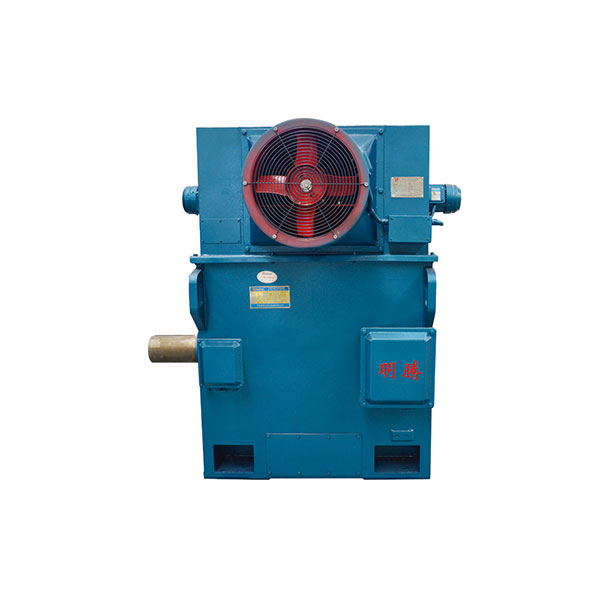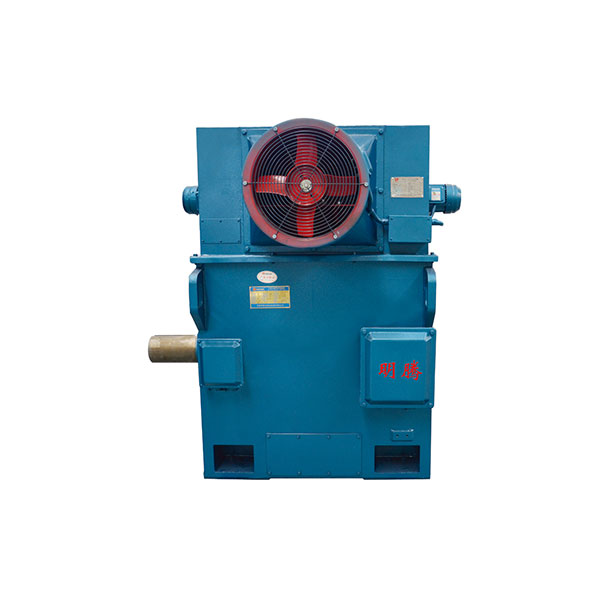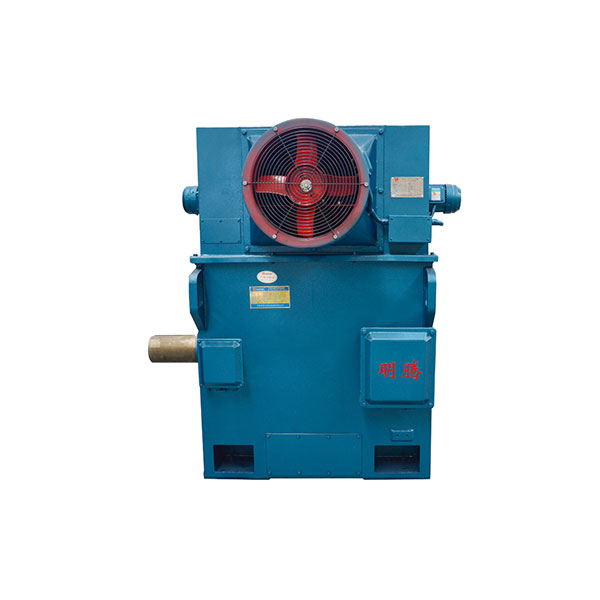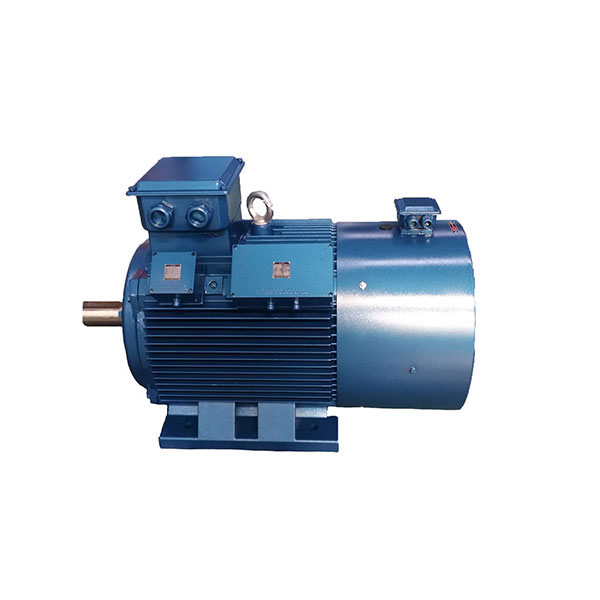TYZD series high-voltage low-speed direct-drive three-phase permanent magnet synchronous motor (6kV H630-1000)
Product description
This series of products is a direct-drive motor, rated voltage is 6kV, powered by inverter, can directly meet the requirements of load speed and torque, eliminating the linkage of gearbox and buffer mechanism in the transmission system, fundamentally overcoming the various disadvantages of induction motor plus gear reducer transmission system, with high transmission efficiency, good starting torque performance, energy saving, low noise, low vibration, low temperature rise, safe and reliable operation, low installation and maintenance costs, etc. Safe and reliable operation, low installation and maintenance costs, etc. Other voltage levels can be supplied according to customer needs.
Product features
1. Eliminates the gearbox and hydraulic coupling. shortens the transmission chain. no oil leakage and refuelling problems. low mechanical failure rate and high reliability.
2. Customised electromagnetic and structural design according to the equipment. which can directly meet the speed and torque requirements needed by the load;
3. Low starting current and low temperature rise. eliminating the risk of demagnetisation;
4. eliminating the transmission efficiency loss of gearbox and hydraulic coupling. the system has high efficiency. high efficiency and energy saving. Simple structure. low operating noise and low daily maintenance costs;
5. The rotor part has a special support structure. which enables the bearing to be replaced on site. eliminating the logistics costs required for returning to the factory;
6. Adopting direct drive system of permanent magnet synchronous motor can solve the problem of "big horse pulling small cart". which can meet the requirement of wide load range operation of the original system. and improve the overall efficiency of the system. with high efficiency and energy saving;
7. Adopt vector frequency converter control. speed range 0-100% motor starting performance is good. stable operation. can reduce the matching coefficient with the actual load power.
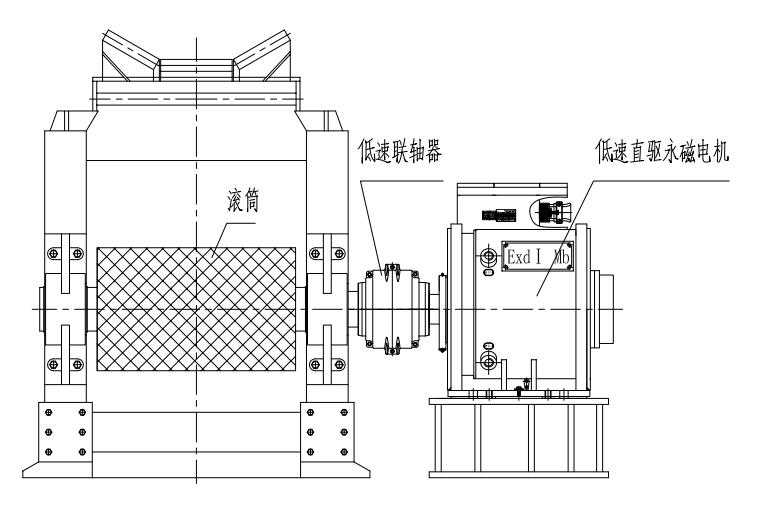
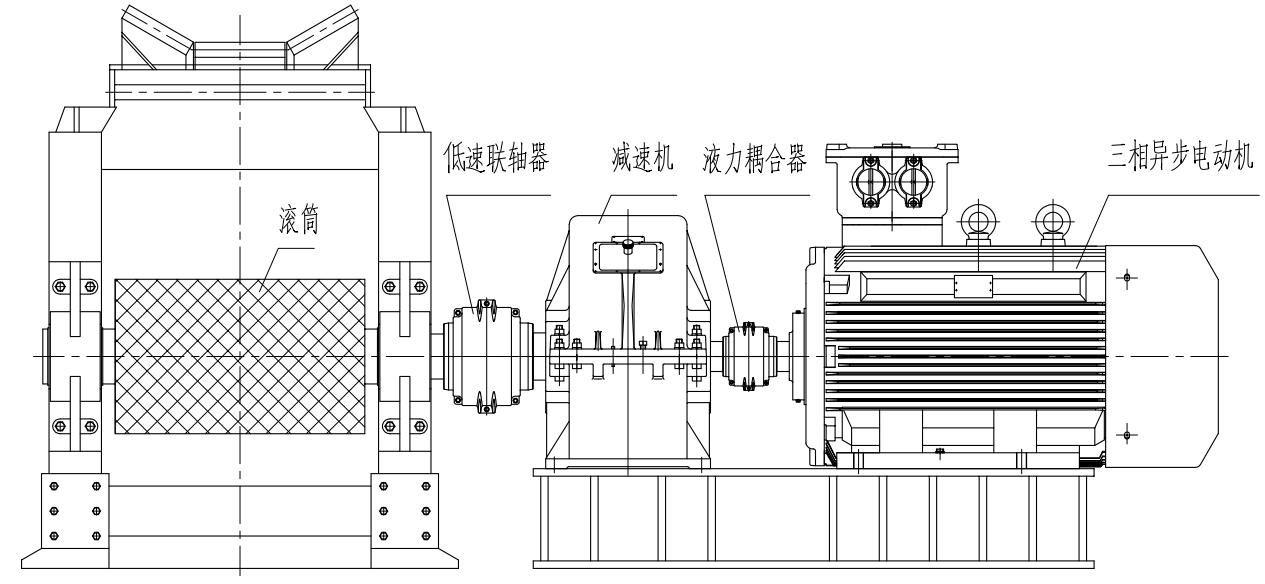
Product Applications
The series products are widely used in various equipments such as ball mills, belt machines, mixers, direct drive oil pumping machines, plunger pumps, cooling tower fans, hoists, etc. in coal mines, mines, metallurgy, electric power, chemical industry, building materials and other industrial and mining enterprises.
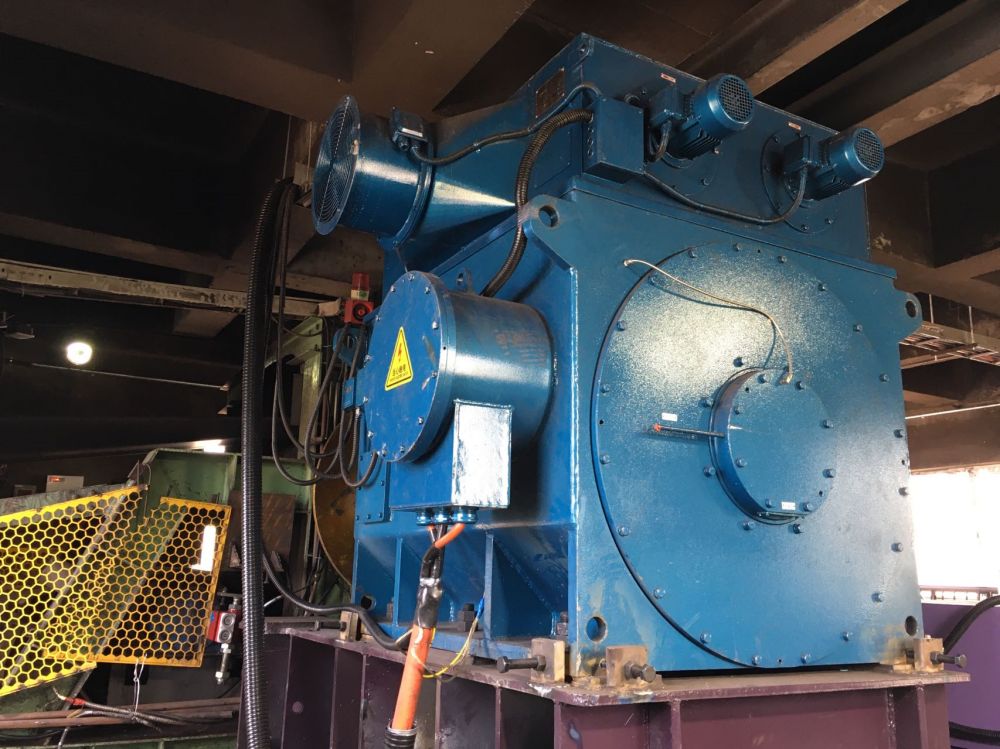
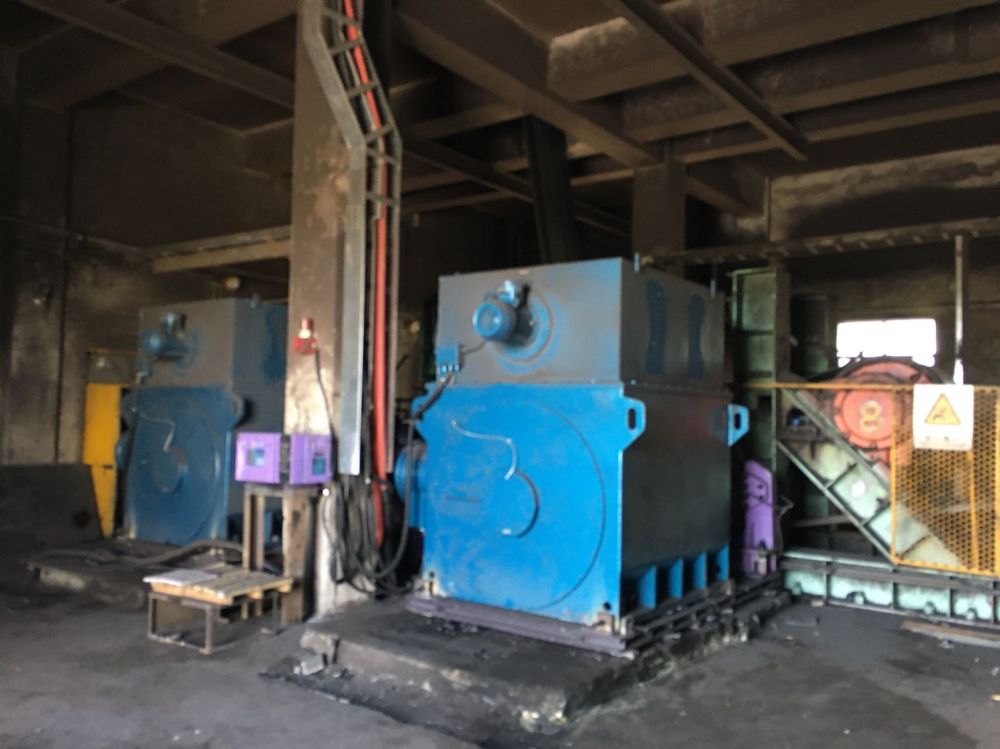


FAQ
Background on low-speed direct-drive permanent magnet motors?
Relying on the update of inverter technology and the development of permanent magnet materials, it provides the basis for the realization of low-speed direct-drive permanent magnet motors.
In industrial and agricultural production and automatic control, often need to use low-speed drive, before the general use of electric motors plus reducers and other deceleration devices to realize. Although this system can achieve the purpose of low-speed. But there are also many shortcomings, such as complex structure, large size, noise and low efficiency.
Principle of permanent magnet synchronous motor and starting method?
As the stator rotating magnetic field speed is synchronous speed, while the rotor is at rest at the instant of starting, there is relative motion between the air gap magnetic field and the rotor poles, and the air gap magnetic field is changing, which cannot produce an average synchronous electromagnetic torque, i.e., there is no starting torque in the synchronous motor itself, so that the motor starts on its own.
In order to solve the starting problem, other methods must be taken, commonly used:
1, frequency conversion starting method: the use of frequency conversion power supply to make the frequency slowly rise from zero, the rotating magnetic field traction rotor slowly synchronous acceleration until it reaches the rated speed, starting is complete.
2, asynchronous starting method: in the rotor with a starting winding, its structure is like the asynchronous machine squirrel cage winding. Synchronous motor stator winding connected to the power supply, through the role of the starting winding, generating starting torque, so that the synchronous motor to start by itself, when the speed up to 95% of the synchronous speed or so, the rotor is automatically drawn into synchronization.

